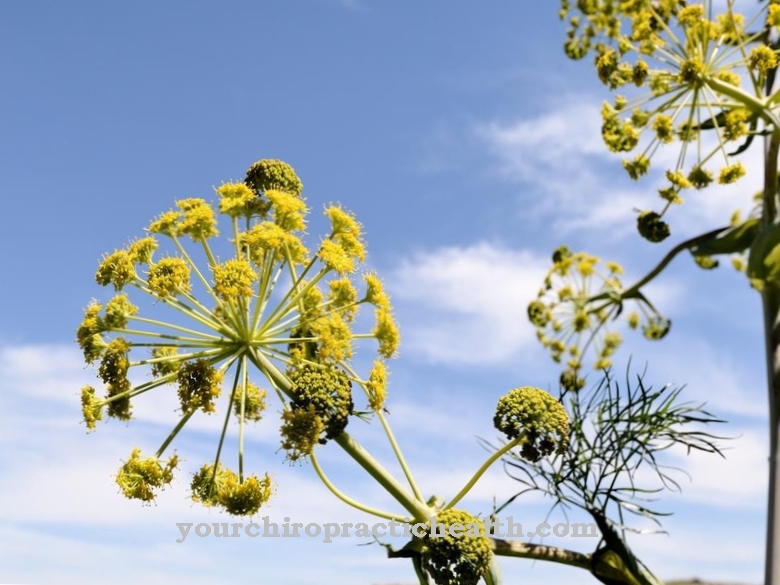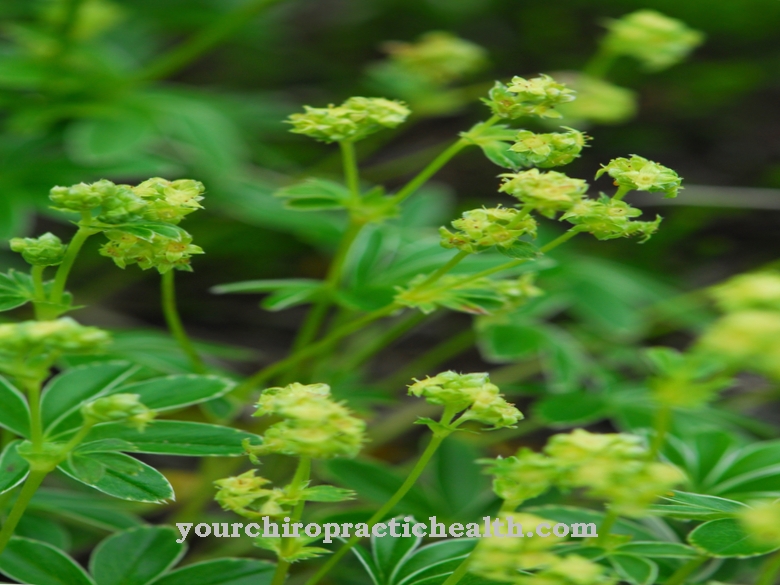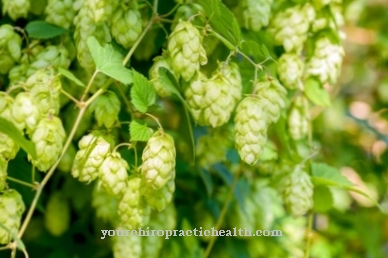The so-called Feverfew, as the Alpine motherwort is also popularly called, belongs to the genus of the umbelliferae (herbaceous plants). The plant got its name in ancient times because it was often taken when suffering from gynecological diseases. A medicinal herb that is even included in the daily alpine prayer in Graubünden.
Occurrence & cultivation of the alpine motherwort

The Alpine motherwort is a perennial, hardy plant that is between 10 and 50 centimeters high. The flowers of the plant are white to pink and smell strong and spicy. It is an ancient medicinal plant and valuable animal feed that grows on the meadows in the Alpine region and in the mountains of southern and central Europe. Motherwort thrives best on fresh soils, pastures and snow valleys (shallow depressions and hollows in the high mountains).
The leaves of the plant are triangular and pinnate with two to three hairs. The umbels (inflorescence) have no bracts. The aromatic scent of the flowers, reminiscent of fennel or lovage, can be clearly smelled in the meadows between June and August. In autumn, the flowers of the alpine motherwort develop into seeds that are around six millimeters long and three millimeters thick.
Effect & application
The flowers of the alpine motherwort are collected between May and September. The plant contains essential oils, monoterpenes (components of essential oils that prevent cancer and lower cholesterol), fats, vitamins, minerals and protein. Usable parts of the plant are the fresh leaves, seeds, and root cord.
The main application specializes in the digestive tract and the female reproductive organs. The medicinal herb is said to relieve gas and colic, as it has a slightly warming effect in the intestines. In the case of loss of appetite, it stimulates the appetite. While symptoms associated with menstruation, it has a driving and relaxing effect. It is particularly recommended after giving birth to increase milk yield. In witch medicine it was once used for this purpose and has therefore been given the name "motherwort".
Other ailments in which the intensive, aromatic root is used are constipation, liver, kidney and bladder ailments. Due to its aphrodisiac and tonic effect, many elderly people and people who suffer from loss of appetite also take the alpine motherwort. It also relieves heart failure and congestion in the lungs. The plant parts are used in medicinal medicine in the form of teas and tinctures.
The leaves have an appetizing effect and they aid digestion. In crushed form, they are used against skin diseases or gout pain. If there are digestive problems, the leaves are dried and then poured over with hot, no longer boiling water. The tea is drunk after a steeping time of ten minutes.
It is also possible to add hot water to the seeds, which are removed as soon as they are ripe, and let them steep for 20 minutes. The decoction of the seeds is effective against migraines, poor appetite and bladder problems.
Importance for health, treatment & prevention
To make a tincture, double grain or alcohol is poured over the roots of the alpine motherwort in a sealable glass until all parts of the plant are covered. The mixture is left closed for 2 to 6 weeks. After straining, pour into a dark bottle to protect the tincture from brightness. Between 10 and 15 drops of the tincture can be taken daily. It can of course be diluted with water.
An external application of the alpine motherwort in the form of tea or the diluted tincture is possible in the form of compresses or baths. With this type of application, skin diseases are alleviated. To apply the tincture like an ointment, it can be mixed with beeswax.
If the root is to be used in medicinal medicine, there should be one hundred percent certainty that it is actually Alpine motherwort. There are similar plants in nature, but they are poisonous. The occurrence of feverfew has become rare due to many wild collections. It takes up to seven years for a plant to grow large enough.
After excavation, the root is cleaned, cut and dried well in the airy shade. It is stored in a closed container so that the essential oils do not evaporate. A decoction of the root primarily helps with digestive problems.
The alpine motherwort is not only used in natural medicine. It is also part of herbal brandies and liqueurs. The main ingredient in these products is the root; This is how the Bärwurz liqueur is made from the roots of the alpine motherwort. The schnapps is usually drunk after a meal. It tastes very good and also has a health-promoting effect due to its puffing and detoxifying effect.
In the kitchen, the fresh leaves, which can be compared to fresh parsley, are used in the refinement of dishes because of their essential oils. Soups, salads and cheese are refined with it and the seeds are also used as a spice.
Taking alpine motherwort in the form of teas or other named products does not have any side effects at a moderate dose. Taken in large quantities, it can cause headaches. In general, there is no group of people who would be harmed by therapy with alpine motherwort. In any case, a consultation with a doctor or a pharmacist is recommended. Especially if persistent complaints or secondary diseases occur.

























.jpg)

